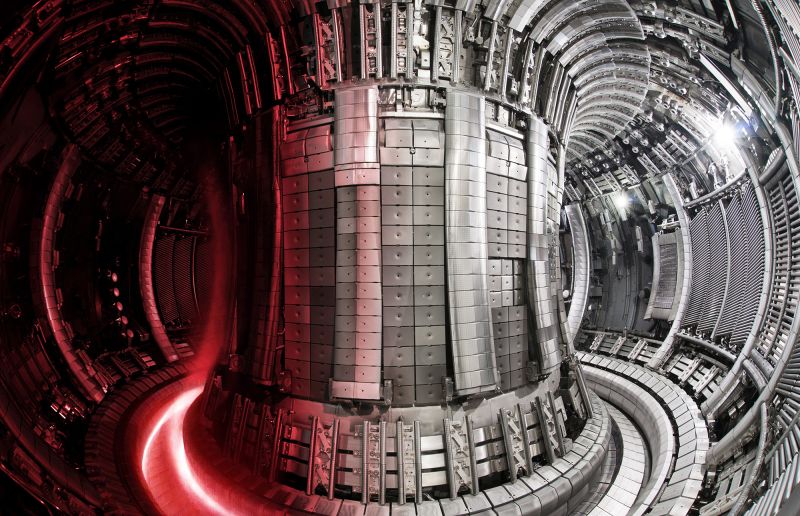In an unprecedented leap towards harnessing limitless, clean energy, scientists have recently shattered the existing nuclear fusion record. This breakthrough has ignited significant optimism within the scientific community, illustrating its potential in spearheading the planet towards more sustainable energy production methods.
Nuclear fusion, unlike nuclear fission, which involves splitting heavier atoms to release energy, is a process that involves the fusion of two lighter atomic nuclei to form a heavier nucleus. This is the same mechanism that powers the Sun and other stars, illustrating its immense potential as a source of limitless and clean energy.
The record-setting nuclear fusion experiment, conducted in Q2 2021 at the National Ignition Facility (NIF) in the United States, indeed offers a profound glimpse into the limitless energy potential the process contains. The experiment, involving the generation of a staggering 1.3 Mega Joules of energy, succeeded in tripling the previous record held since 2018. This achievement sprung not only from the sheer impact of the energy but the brief moment of contained fusion that was achieved.
Unleashing the power of nuclear fusion as a reliable energy source requires scientists to overcome numerous challenges. This includes finding a way to stably contain the high temperatures and immense pressure required for a longer period. Nevertheless, progress has been consistent, with promising innovations coming to the forefront. The new record signifies important progress, but it is a far cry from the practical, sustained nuclear fusion required for commercial power generation.
The latest breakthrough involves an upgrade to the ‘hohlraum’ process, where a capsule containing hydrogen is exposed to high energy from lasers, heating it to extreme temperatures and causing the hydrogen atoms to fuse. The team at NIF engineered a strategy that included changes to the laser’s energy delivery and improvements to the hohlraum design itself to efficiently act upon the capsule.
These adjustments, precisely executed, led to the capsule imploding symmetrically, facilitating near-optimal conditions for an explosion – a nuclear fusion. This achievement represents a notable stride, moving scientists one step closer to mastering the art of nuclear fusion.
Despite its relatively small scale, the experiment offers profound implications for the broader scientific community and sustainable energy initiatives worldwide. As we face pressing environmental challenges, the need for cleaner and more efficient methods of energy production becomes increasingly pivotal. Nuclear fusion possesses the potential to be an exceptionally viable solution, as it utilizes a nearly inexhaustible fuel source and generates no greenhouse gas emissions.
With this monumental achievement, the scientific community has exhibited that the mastery of nuclear fusion is not simply a figment of science fiction. Although the path towards viable nuclear fusion power still has notable obstacles, every record breached, every boundary pushed, does more than just bring us closer to scientific accomplishment. It inches us further towards a sustainable energy future, one where clean, limitless energy could become an everyday reality.
As scientists continue to break the barriers of the nuclear fusion sphere, the potential of this limitless and clean energy source seems increasingly attainable. Unquestionably, creating a future powered by nuclear fusion would not only revolutionize how humanity generates and uses energy but would also alleviate the grave environmental threats posed by our current reliance on fossil fuels.
Thus, each record set, each milestone surpassed, each scientific achievement in the realm of nuclear fusion brings humanity closer to harnessing the Sun’s energy, pushing the boundaries of scientific endeavor, and steering the planet towards a sustainable future.
